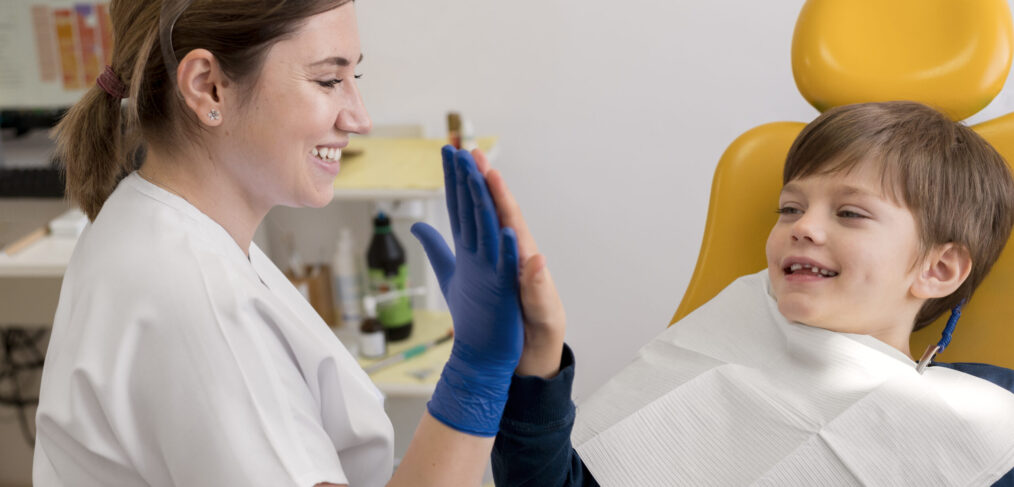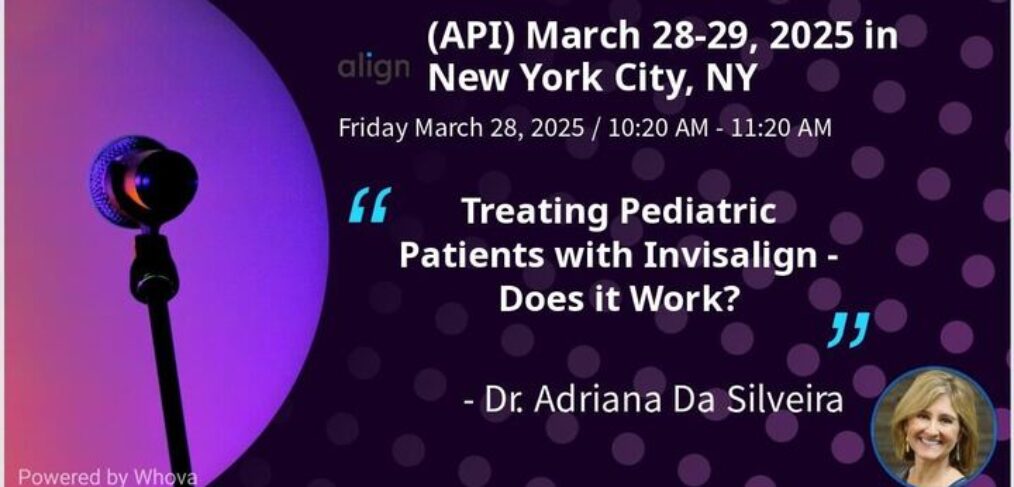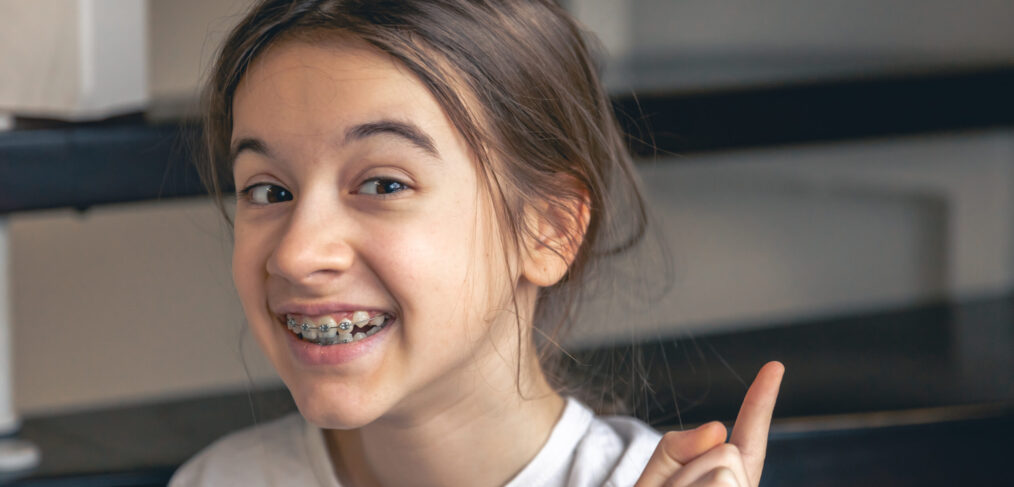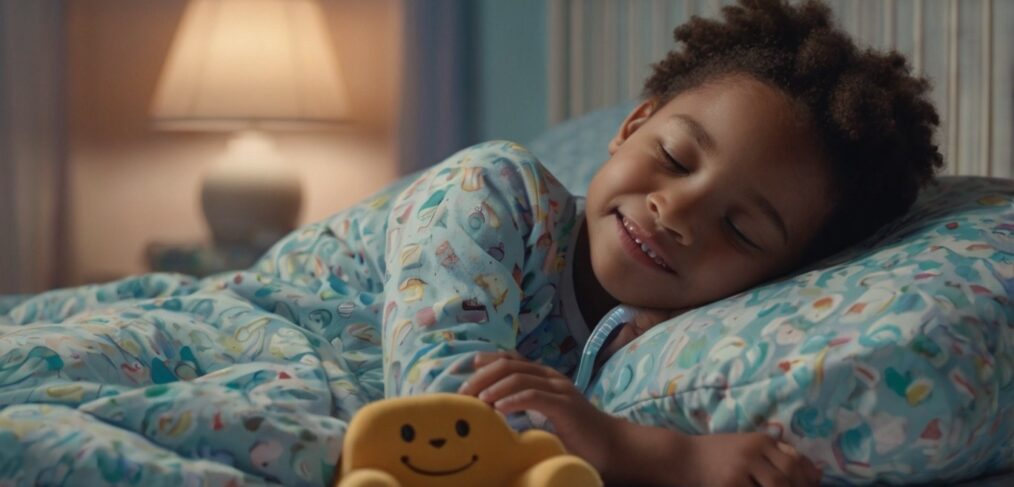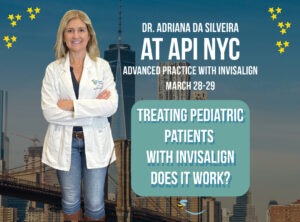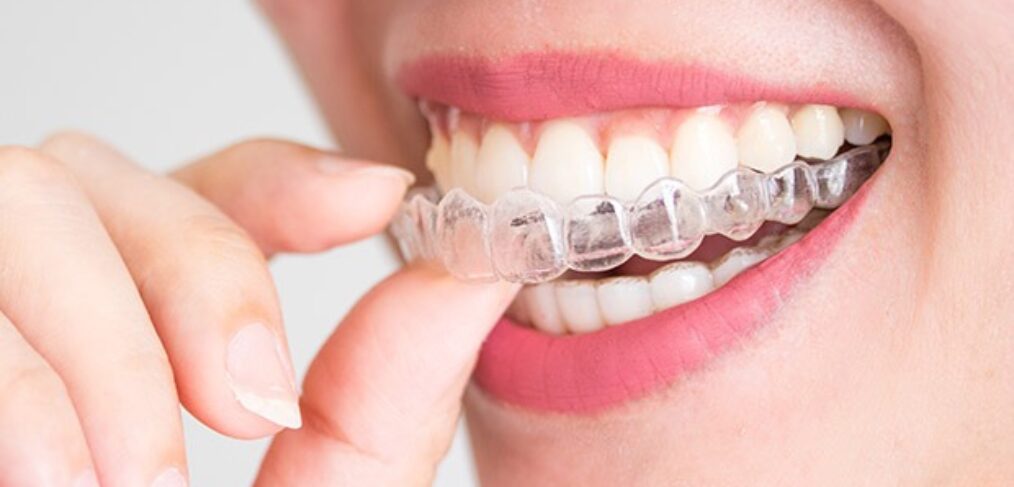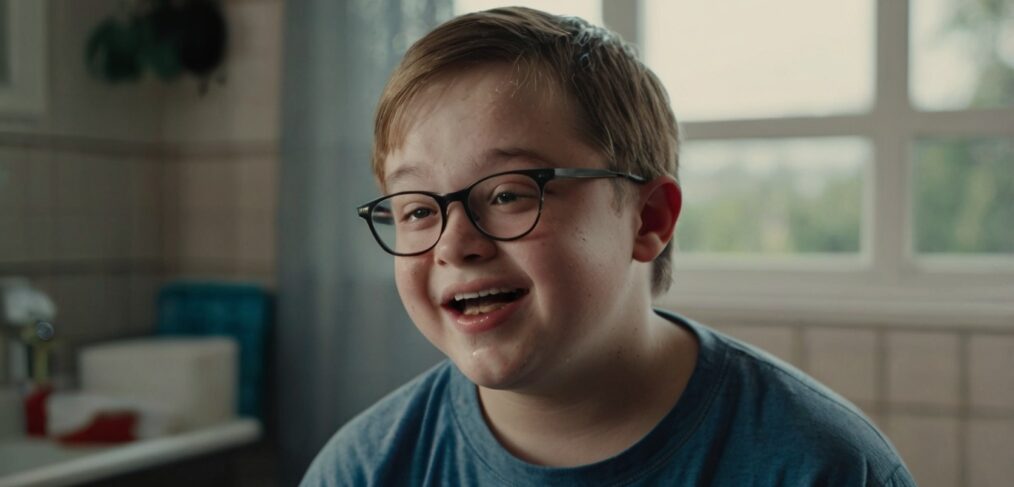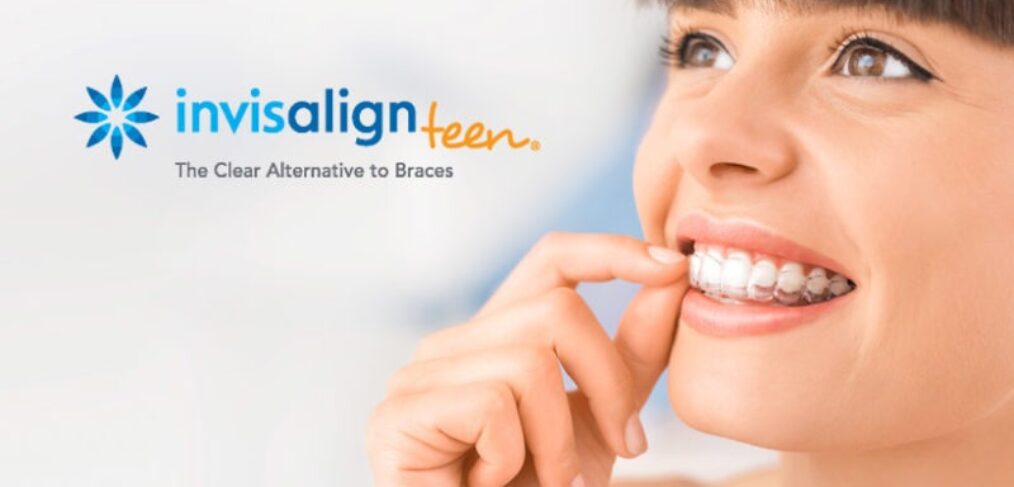
Expert Invisalign Orthodontist in Bee Cave, TX, Shares Knowledge at Industry-Leading Event
Experience matters—and when it comes to orthodontics, few understand this better than Dr. Da Silveira, a leading Invisalign orthodontist in Austin, TX. Recently, Dr. Da Silveira and her colleague Petra had the incredible opportunity to share their knowledge and expertise with a room full of top orthodontists and their teams at the Invisalign Advanced Practice (API) Conference in New York City. This prestigious event, hosted by Align Technology, brought together 200 leading professionals in the field to discuss best practices, cutting-edge innovations, and the future of clear aligner treatment.
A Conference Dedicated to Excellence in Orthodontics
The Invisalign Advanced Practice Conference is a premier event designed to educate and inspire orthodontists who are dedicated to providing the highest level of patient care. This exclusive gathering serves as a hub for industry experts to exchange ideas, refine techniques, and gain insights into the evolving world of Invisalign treatment. By featuring speakers like Dr. Da Silveira, a top Invisalign provider in Austin, TX, the conference ensures that attendees receive practical, real-world strategies to enhance their treatment plans and patient outcomes.
As a highly regarded Invisalign provider and educator, Dr. Da Silveira took center stage at the event, offering her expertise on clear aligner therapy. She emphasized the importance of experience in delivering successful orthodontic treatment, particularly for children and teens. Her session covered everything from best practices in Invisalign treatment planning to innovative approaches for improving patient compliance and results.
Key Takeaways from Dr. Da Silveira’s Presentation
Dr. Da Silveira’s lecture provided invaluable insights into the intricacies of Invisalign treatment, focusing on:
1. The Power of Early Orthodontic Intervention
One of the most compelling aspects of Dr. Da Silveira’s presentation was her discussion on treating younger patients with Invisalign. She highlighted how early orthodontic treatment in Austin, TX, can lead to more predictable outcomes and better long-term dental health. Using advanced digital scanning technology and customized treatment plans, Invisalign for kids and teens allows orthodontists to address alignment issues before they become more complex.
2. Patient Compliance: The Key to Invisalign Success
Achieving great results with Invisalign clear aligners depends heavily on patient compliance. Dr. Da Silveira shared proven techniques to improve compliance, including patient education, progress tracking, and parental involvement. By fostering better communication and motivation, orthodontists can ensure that young patients wear their aligners as prescribed, leading to more effective Invisalign treatment in Bee Cave, TX.
3. Leveraging Digital Technology for Precision and Efficiency
With advancements in 3D scanning, artificial intelligence, and predictive modeling, Invisalign orthodontic treatment has never been more precise. Dr. Da Silveira walked attendees through the latest innovations in treatment planning software, showing how orthodontists can optimize aligner sequencing to reduce treatment time and enhance patient comfort. The ability to customize every step of the process allows for more efficient and effective orthodontic care in Austin.
4. Best Practices for Treating Complex Orthodontic Cases
Not all orthodontic cases are straightforward. Dr. Da Silveira provided insights into handling complex malocclusions, crowding, and bite issues with Invisalign clear aligners. She shared real patient cases and demonstrated how strategic staging and attachments can achieve exceptional results even in challenging orthodontic situations.
A Passion for Invisalign Education and Innovation
Beyond being a top Invisalign provider in Bee Cave, TX, Dr. Da Silveira is deeply committed to educating her peers and advancing the field of orthodontics. Her role as a lecturer for Invisalign is a testament to her dedication to continuous learning and professional development. By participating in events like the Invisalign API Conference, she not only hones her own expertise but also helps elevate the entire orthodontic community.
Petra, an expert in orthodontic practice management, also attended, contributing to discussions on practice efficiency and patient-centered care. Together, they showcased the values that have made Bee Cave Orthodontics a trusted name in Austin and the surrounding areas.
The NYC Experience: More Than Just an Orthodontic Conference
Attending the Invisalign API Conference in New York City was an unforgettable experience for Dr. Da Silveira and Petra. From engaging discussions with fellow orthodontists to exploring the latest advancements in clear aligner therapy, the event was a perfect blend of education and inspiration.
In addition to the conference, the trip to NYC provided an opportunity to connect with colleagues, share experiences, and soak in the energy of one of the world’s most dynamic cities. The vibrant atmosphere of New York added an extra layer of excitement to an already remarkable event, making it a truly enriching experience for all involved.
Looking Ahead: Elevating Invisalign Treatment in Austin, TX
With fresh insights and new strategies in hand, Dr. Da Silveira and her team at Bee Cave Orthodontics are more committed than ever to delivering outstanding Invisalign treatment in Austin, Bee Cave, Lakeway, and Westlake. Their dedication to continuous learning and staying at the forefront of orthodontic advancements ensures that their patients receive the best possible care.
As a leading Invisalign provider for children, teens, and adults in Austin, TX, Bee Cave Orthodontics remains a top choice for families seeking expert clear aligner treatment. Dr. Da Silveira’s participation in the Invisalign API Conference is a testament to her unwavering commitment to excellence and innovation in orthodontics.
Start Your Invisalign Journey with Bee Cave Orthodontics
Dr. Da Silveira’s successful presentation at the Invisalign Advanced Practice Conference highlights her expertise, passion, and dedication to transforming smiles in Austin, TX. By sharing her knowledge with fellow orthodontists, she is helping shape the future of clear aligner therapy and reinforcing the importance of experience in achieving exceptional patient outcomes.
For those seeking expert Invisalign treatment in Austin, Bee Cave, Lakeway, or Westlake, Bee Cave Orthodontics is the premier choice. With a patient-first approach and a commitment to staying ahead of the latest advancements, Dr. Da Silveira and her team continue to set the standard for excellence in orthodontic care at beecaveortho.com



